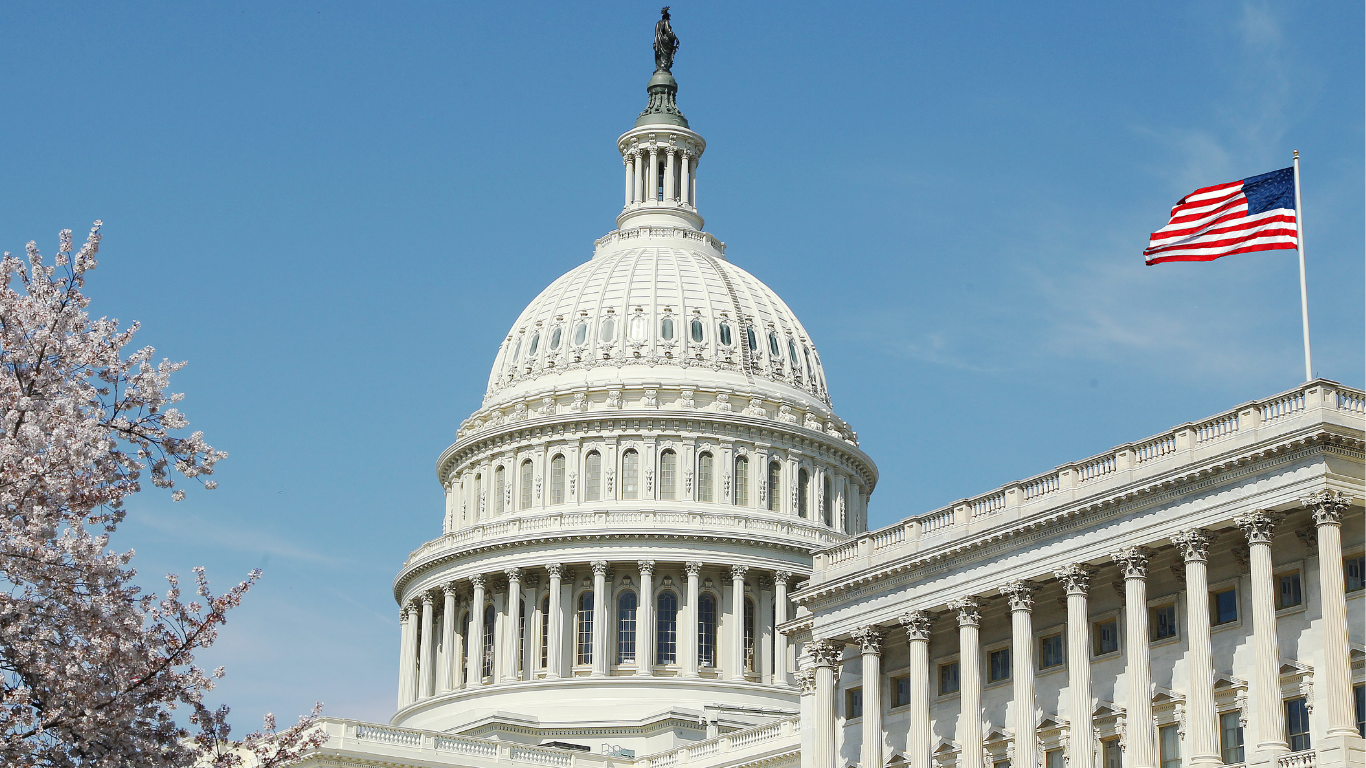A year after federal relief funding for child care ended, many states are confronting the troubling—yet familiar—signs of instability in their child care systems. The infusion of federal aid, paired with smart state policy, had helped programs reopen or stay open, and had even grown the supply of care in some states during and following the pandemic. Between 2023 and 2024, Child Care Aware of America found that the number of licensed centers grew by 1.6% and family child care homes by 4.8%. But with relief funds gone, flat funding for the Child Care and Development Block Grant in FY 2025, and flat or modestly increased federal funding for FY 2026, many states are grappling with what to do next.
Child care funding depends on a partnership between federal, state, and local governments. The federal government sets the foundation (learn more: Federal Child Care Funding Explainer), while states contribute funding, at least enough to meet a match and maintenance of effort and sometimes more, and design their own subsidy systems. When federal funding falls short, states feel the pressure. As a result, in 2025 some state leaders are citing ‘federal uncertainty’ as the driving factor in rollbacks in their child care systems, pointing to the expiration of pandemic-era relief funding, the implementation of the new CCDF 2024 Final Rule, shifts in CCDBG allocations, and anticipation of budget impacts tied to the implementation of HR1, especially as it affects other programs like Medicaid and SNAP.
As states are confronted with these pressures, many are scaling back child care supports in various ways. Some states are lowering income eligibility, reinstating copayments, reducing provider rates, and eliminating quality incentives. A growing number of states are turning to waitlists or enrollment freezes to manage demand. While waitlists and freezes are not new, they do signify that the current funding levels do not meet family needs. This blog keys in on one major consequence of insufficient child care funding in states: the use or reinstatement of subsidy enrollment waitlists or freezes, which limits family access and undermines program stability.
State Examples: A patchwork of action (and inaction) to address families’ child care needs
Across the country, child care administrators are assessing the number of families eligible and interested in CCDF subsidy against available funding in their state. While this is not an exhaustive list of all states currently implementing a waitlist or enrollment freeze, these are some states where demand continues to exceed funding availability—even if the state has invested additional funding.
- Arizona: Arizona's Child Care Assistance Program, administered by the Department of Economic Security (DES), is using a waiting list to manage new enrollments. In July 2025, Governor Hobbs announced that more than 900 more children would have access to child care assistance as part of the Governor’s Arizona Promise Budget. In August, DES began releasing families from the list as the new state funding takes effect for fiscal year 2026, prioritizing those with the lowest incomes—starting at or below 100% of the Federal Poverty Level (FPL) and moving upward in 10% increments to 165% FPL. As of October 31, 2025, there were 5,630 families and 9,542 children on the waiting list. The DES updates this data each Friday for prospective families.
- Arkansas: In September, Arkansas Department of Education (ADE) proposed significant changes to the School Readiness Assistance (SRA) Program’s to address funding shortfalls. The SRA Program serves over 16,000 children and had to establish a waitlist for families in February 2025 because “demand for child care assistance continues to grow and remains strong.” As of September 2025, there were over 1,100 children on the SRA waitlist. While some of ADE’s policy changes were delayed from October to November 2025, they are now in effect.
- Colorado: The Colorado Child Care Assistance Program (CCCAP) has been experiencing significant enrollment freezes and waitlists across many counties since 2024. Counties have the flexibility to decide between implementing a freeze or a waitlist, with some counties switching between the two in response to applications. According to the most recent county-level data (November 1, 2025), the ten most populous counties have a waitlist or freeze in place and 8,092 families and 11,824 children in the state are impacted by these county-level enrollment freezes or waitlists.
- Indiana: Indiana reimplemented waitlists in December 2024 for new Child Care Development Fund (CCDF) and On My Way Pre-K (OMWPK) voucher applicants, as they managed the end of federal COVID funds without additional state investments. To manage the shortfall, Indiana paused new enrollments and now has a waitlist of roughly 31,000 children, while also cutting reimbursement rates to providers by 10–35%. These reductions and the implementation of a waitlist are forcing child care providers to lay off staff, close classrooms, reduce wages, or shut down entirely, which in turn limits available child care. Indiana’s Family and Social Services Administration announced that it will no longer be giving out new child care vouchers until at least 2027.
- Maryland: Maryland’s Child Care Scholarship Program (CCS) began a temporary enrollment freeze for new families that began on May 1, 2025. Maryland State Department of Education’s (MSDE) Division of Early Childhood noted this was due to the program growing rapidly—from about 21,000 children in January 2023 to over 45,000 in 2025—and has reached its budgeted capacity. Programs that largely enroll children using the CCS program are already feeling the impacts of the scholarships freeze since they are unable to reach full enrollment subsequently impacting the programs’ financial health. This has resulted in child care program administrators cutting teacher’s hours, considering closing classrooms and increasing tuition on private pay families.
- New Jersey: Despite an $80 million increase in state funding, New Jersey’s Child Care Assistance Program (CCAP), administered by the State Department of Human Services (DHS), Division of Family Development (DFD) was still short the $30 million in state general funds from the FY26 budget needed to “maintain open enrollment and serve additional children from existing families.” Because of this funding gap, New Jersey implemented changes to their CCAP program, resulting in co-payment increases and an enrollment pause. The Division of Family Development (DFD) closed new applications and additional child applications and all other changes went into effect on August 1, 2025.
- New York: In New York, the Office of Children and Family Services (OCFS) oversees counties administering the Child Care Assistance Program. Waitlist data is available for each county starting April 2025. The state budget included a one-time infusion of $50 million earmarked for child-care vouchers outside of New York City, but many counties cannot access those funds until after they have first spent down their existing allocations. Counties may be reluctant to deplete their budgets because the costs of administering the benefit would fall on them until they are reimbursed.
- Oregon: Oregon Department of Early Learning and Care (DELC) holds a waitlist for the Employment Related Day Care (ERDC) program. The ERDC waitlist first opened in November 2023 due to increased enrollment and limited funding. DELC maintains waitlist data dashboards for families who want subsidized child care (as opposed to those who are eligible for ERDC) and other agency programs and services. This transparency gives families and advocates a better understanding of program demand. At the time of publication, there were 14,200 families on the ERDC waitlist, meaning the number of interested families has almost doubled since August 2024.
- Texas: The Texas Workforce Commission manages the Child Care Services (CCS) program which is administered by Workforce Solutions at the local level. As of December 2024, there were approximately 95,000 children on the waitlist. To address the extremely long waits, Texas legislature initially proposed $100 million in HB 500, the supplemental budget bill. Ultimately, the final version of the budget included the same amount to address the child care waitlist but using unexpended TANF funds. While this amount is not enough to eliminate waitlists for the state, it is expected to support 10,000 children on the waitlist.
- Virginia: The Virginia Department of Education (VDoE) Child Care Subsidy Program (CCSP) waitlist jumped from approximately 3,000 children in August 2024 to over 12,000 children by January 2025, but has somewhat plateaued until recently. The most recent data released on October 1, 2025, indicates there are now nearly 14,000 children on the waitlist for the Child Care Subsidy Program. VDoE plans to address the waitlist directly by updating policies to stretch funding further such as adjusting family copayments, revising job search rules and exploring ways to shift funding that is currently used for school-age children for younger children. Once implemented, VDoE estimates these changes will allow for an additional 5,200 children to be served off the waitlist.
Conclusion
While the states highlighted in this blog provide only a point-in-time snapshot, the warning signs for what may come for the child care sector without robust investment are clear. When families cannot access child care subsidies due to a waitlist or an enrollment freeze, they miss out on high-quality early learning opportunities for their children. And when families are unable to afford child care this can contribute to providers being unable to fully enroll their programs. When this happens, programs run the risk of having to cut staff hours and classroom–and at the most troubling level—program closure.
Our nation’s already fragile child care system cannot—and should not have to—absorb the shock of inadequate federal funding and inconsistent state investment. This moment, marked with uncertainty at what funding might be like at federal and state levels, provides clarity on for child care advocates. We saw what was possible with robust investment. It is more important now than ever to protect and preserve strategic investments in our states’ child care systems.





